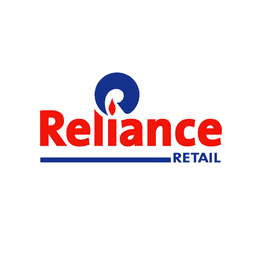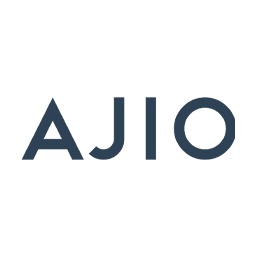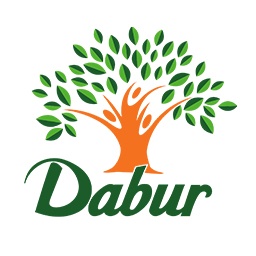12 months of e-Invoicing at just ₹299/month!
HURRY! LIMITED TIME OFFER.
E-Invoicing FAQs
e-Invoicing (also known as electronic invoicing) is a form of digital invoicing that is becoming increasingly common when issuing B2B invoices. Specifically, the electronic invoicing system is an integrated solution designed so that one ERP system can electronically generate and send an invoice to another ERP system, which will automatically receive and process the invoice.
e-Invoicing comes with a number of benefits for both the supplier and the buyer. For the supplier, these benefits include:
• The ability to make payments more quickly and improve cash flow
• Improved account reconciliation
• Lower costs
• Fewer late payments, disputes, and lost or rejected invoices
• Better customer service and satisfaction
• Improved compliance and the prevention of fraud and financial losses
• Shorter payment cycles
• Easier return filing
There are also many benefits for buyers, including:
• Lower costs
• Elimination of human error during manual data entry and matching invoices with other documents
• Automation of repetitive, tedious tasks
• Discounts for early payment
• Better relationship with supplier
In addition to these benefits, with this form of digital invoicing both the supplier and the buyer reduce their carbon footprint.
All the information that would typically be included on a traditional paper invoice is required on an e-Invoice in the GST portal. The minimum amount of data an e-Invoice will have includes:
• Supplier name and address
• Invoice date
• Type of product
• Quantity of product
• Currency
• Total amount owing
• VAT amount that is payable
• Discounts or rebates (if applicable)
In addition to this data, the e-Invoice can also include: • Invoice number
• Customer name and address
• Supplier VAT number
• Customer VAT number
• Data of delivery or supply or goods or services
• Unit price before VAT
• VAT rate
• VAT amount payable (if applicable)
• If VAT exemption applies, a reference to prove exemption
• When advanced payments were made (if applicable)
• IBAN/SEPA number (applicable to international deliveries)
• BIC/SWIFT code (applicable to international deliveries)
GST e-Invoicing will apply to all registered businesses that generate Rs 500 crore or more in annual revenue. Businesses that are exempt from e-Invoicing include:
• Those generating less than Rs 500 crore in annual revenue
• Airlines
• Banks
• Insurance companies
• Telecom service providers
• The armed forces
When e-Invoices are generated, they will be electronically transmitted to the Invoice Registration Portal (IRP) in JSON format, where they will be assigned an Invoice Registration Number (IRN). The invoice will then be validated, and a confirmation message will be sent to the supplier. Validation will be granted if:
• All mandatory fields have been filled out
• The supplier’s Goods and Services Tax Identification Number (GSTIN) is valid
• The buyer’s GSTIN is valid
• The invoice number and fiscal year are valid
• The invoice does not already exist in the system
Once the IRN is assigned, a QR code will be generated and provided to the supplier and buyer so they can verify that the e-Invoice is authentic and that it has been properly registered in the GST system.
The reason behind the introduction of the GST e-Invoicing system is to minimize tax evasion, improve tax services, and make GST administration more efficient. The primary differences between the current system and the new invoice platform are as follows:
• Invoices in the new system are required to follow a specific format and must include parameters that were once optional but are now mandatory.
• The IRN is mandatory under the new system, whereas there is no standard requirement or format for it in the current system, other than it must be sequential.
• In the new e-Invoicing system, there is a method of validating invoices, digitally signing them, and notifying the supplier and buyer of this validation via the use of a QR code.
• Automated updates of information in the new e-Invoicing system minimize the need for people to perform manual data entry and the potential for mistakes due to human error.
• The amendment of an invoice in the new system requires changes and cancellations to be made within 24 hours of being transmitted to the IRP.
• Invoice details in the new system can be viewed only with the use of the QR code, as opposed to on the GST portal of the current system. In addition, the new system sends the supplier and buyer an email ID that allows them to save a copy of the invoice.
• It is easier to verify an invoice is genuine in the new e-Invoicing system, compared to the current system.
• The new system reduces the need for a search of the transaction, as the details are automatically made available to relevant departments.
Note that in the new system a paper invoice can be issued in same manner in which is issued in the current system.



Pick a Plan
*Proof of vendor registration has to be provided within 30 days for verification to continue with the offer
₹399/Month ₹299/Month
Billed Annually
2 Free Logins
Additional ₹75/month/user
UNLIMITED EINVOICES/EWAY BILLS
₹4,788 ₹3588/yr
₹499/Month ₹399/Month
Billed Monthly
2 Free Logins
Additional ₹75/month/user
Pay-as-you-go
₹499/Month ₹399/month






































